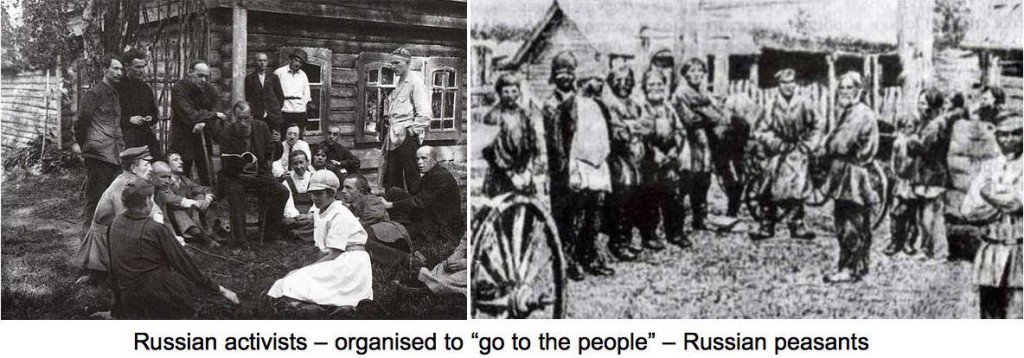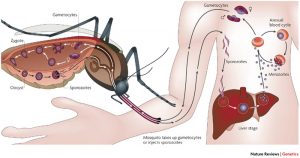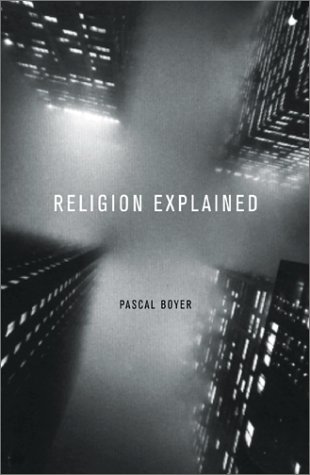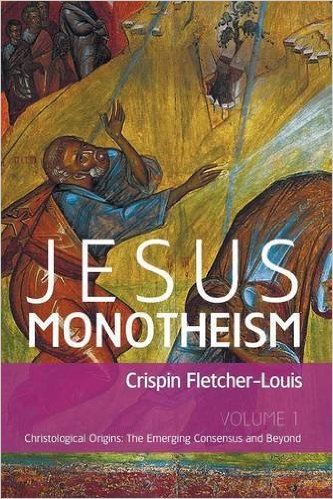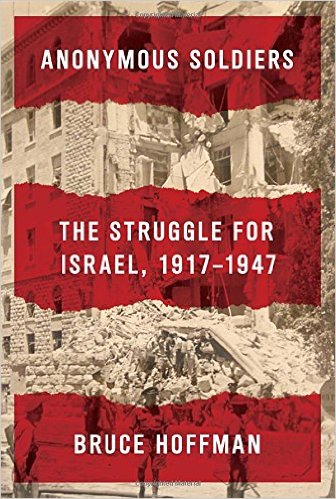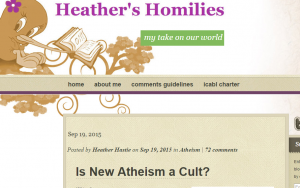 Previous posts in this series looking at Friction: How Radicalization Happens to Them and Us by Clark McCauley and Sophia Moskalenko:
Previous posts in this series looking at Friction: How Radicalization Happens to Them and Us by Clark McCauley and Sophia Moskalenko:
Starting at the Top: Rejecting Violence
Place: Russia
Year: 1875
Adrian Mikhailov was a talented Russian orphan who wanted more than anything else to use his skills to help lift impoverished peasants out of their miserable existence.
It was in boarding school, in the library attic, where his vision of a “new Russia” was inspired by writers like Chernyshevsky (author of What Is To Be Done?) and Dobrolubov. A scholarship enabled him to move to the University of Moscow where he mixed with like minded idealistic students. Their strategic vision (inspired by writings like What Is To Be Done? ) was to go to the peasants, live among them, become one of them, discuss their conditions with them and raise their awareness to understand how political action could lead to a better life. Adrian’s small commune started their own farm to work among “the people”.
Place: USA – Syria – Canada – Egypt – Somalia
Period: 1999-2001

Omar Hammami was baptized a Christian in his home state of Alabama. His mother was a Christian but Omar fell in love with the culture and people of Syria when he visited his father’s family in 1999 and soon afterwards became a Muslim. Though at first he had defended Osama bin Laden as a freedom fighter 9/11 prompted him to study his religion more seriously and he took a strong turn against politics. He turned to a Salafist interpretation of the Muslim religion that rejected involvement in politics totally. He condemned the killing of innocents and believed political interests only compromised the true values of Islam. Jihad, for Omar, was entirely a personal spiritual struggle.
Such were the positions from which Adrian and Omar began their respective slides into terrorism.
They both were opposed to violence, especially the murder of innocents, but both eventually found themselves in the thick of terrorist actions.

